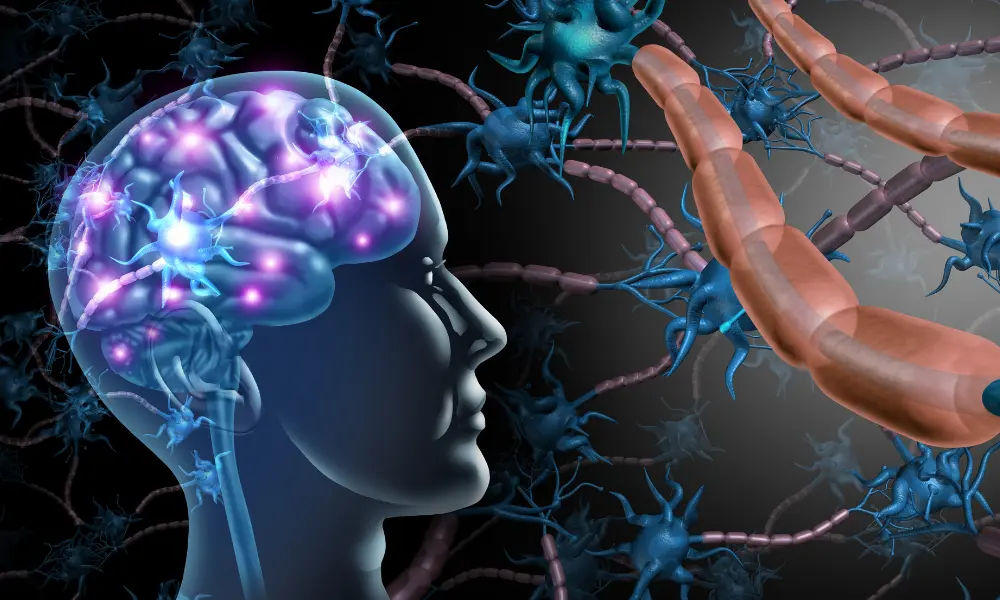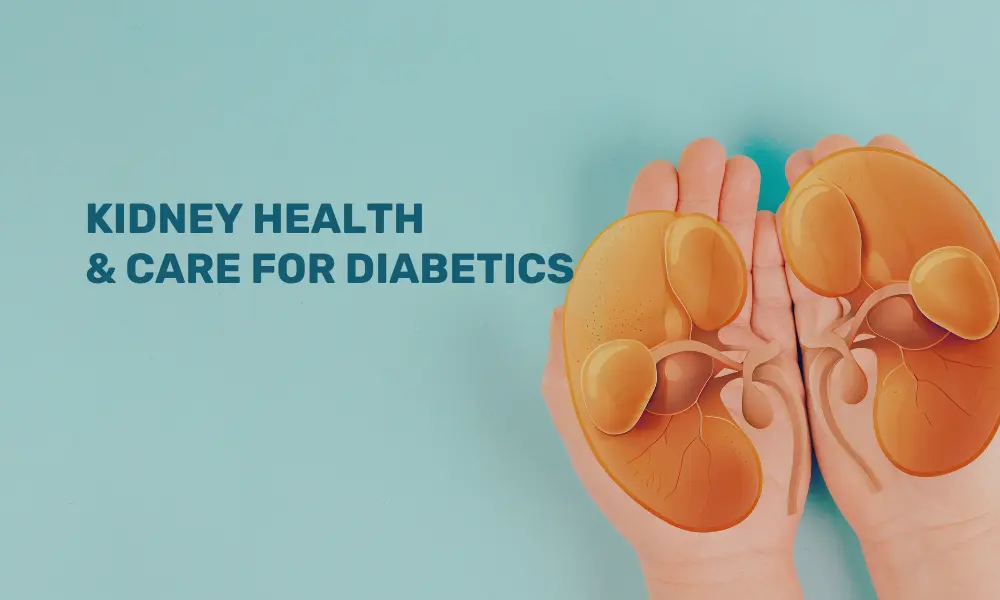Global research has shown that the pandemic has negatively impacted young people’s mental health. Still, we were unsure of what, if anything, physical effects it was having on their brains: David Gotlib.
In New Delhi: According to a recent study, pandemic-related stressors may have physically aged adolescents’ brains. According to the survey, the latest findings suggest that the pandemic’s effects on adolescents’ neurological and mental health may have worsened which were printed in the Biological Psychiatry: Global Open Science journal.
According to a study from Stanford University in the United States, reports of anxiety and depression in adults increased by more than 25% in just 2020 compared to prior years.
According to the paper’s first author, Ian Gotlib of Stanford University, “We already know from global research that the pandemic has negatively impacted youth mental health, but we didn’t know what, if anything, it was doing physically to their brains.”
As we age, our brains naturally change, according to Gotlib. Kids’ bodies undergo increased growth in the hippocampus and amygdala, two brain regions that control access to certain memories and aid in emotion regulation during puberty and the early teenage years. Tissues in the cortex, an area important for executive function, thin out simultaneously.
Gotlib’s study demonstrated that this developmental process accelerated in adolescents as they experienced the COVID-19 lockdowns by comparing MRI scans from a cohort of 163 children taken before and during the pandemic.
He claimed that until this point, these accelerated changes in “brain age” had only been observed in kids who had grown up in homes that were violent, neglected, or dysfunctional families.
It is unclear whether the changes in brain structure observed by the Stanford team are connected to changes in mental health, Gotlib said, even though those experiences are linked to poor mental health outcomes later in life.
As the Stanford Neurodevelopment, Affect, and Psychopathology (SNAP) Laboratory director at Stanford University, Gotlib, added, “It’s also not clear if the changes are permanent.”
“Will their ‘brain age’ eventually catch up with their chronological age? What the future results will be if their brain stays permanently older than their chronological age is unknown.
“What does it mean for a 16-year-old if their brains are aging prematurely?” asked Gotlib. “For a 70 or 80-year-old, you’d expect some cognitive and memory problems based on changes in the brain, but what does it mean for a 16-year-old?”
Gotlib stated that the original goal of his study was not to investigate the effects of COVID-19 on brain architecture.
His lab had enlisted a group of kids and teenagers from the San Francisco Bay Area to participate in a long-term study on depression during puberty before the pandemic. Still, when it struck, he was unable to conduct regularly scheduled MRI scans on those kids, according to the study.
Then, Gotlib continued, “nine months later, we had a difficult restart.” The study was a year behind schedule once Gotlib could continue brain scans from his cohort. While analyzing the study’s data, it would be possible to statistically correct for the delay under normal circumstances, but the pandemic was anything but a typical occurrence.
That method “Only works if you assume that the cortical thickness and hippocampal and amygdala volume of 16-year-olds today are the same as those of 16-year-olds before the pandemic,” Gotlib said.
“Our analysis of the data revealed that they are not. Adolescents assessed after the pandemic shutdowns had more severe internalizing mental health issues than those considered before it, reduced cortical thickness, larger hippocampal and amygdala volume, and older brain ages, “Gotlib said.
These results might significantly affect other longitudinal studies that have covered the pandemic. According to the study, if children exposed to the pandemic exhibit accelerated brain development, researchers will need to take this abnormal growth rate into account in future studies involving this generation.
No one has not been affected by the pandemic, according to Gotlib. No true control group exists. Co-author Jonas Miller of the University of Connecticut in the US added that these findings might also have significant long-term effects on adolescents.
According to Miller, adolescence is already a time of rapid brain reorganization and is already associated with higher rates of mental health issues, depression, and risk-taking behavior.
The brains of kids who are 16 or 17 today may not be comparable to those of their counterparts just a few years ago, according to Miller, who noted that everyone is currently experiencing some adversity due to disruptions to their daily routines.
Gotlib intends to continue monitoring the same group of children through later adolescence and early adulthood to see if the COVID pandemic has altered the course of their long-term brain development.
Gotlib also intends to monitor the mental health of these adolescents and will compare the brain structures of those who contracted the virus and those who did not to spot any potential subtle differences.





